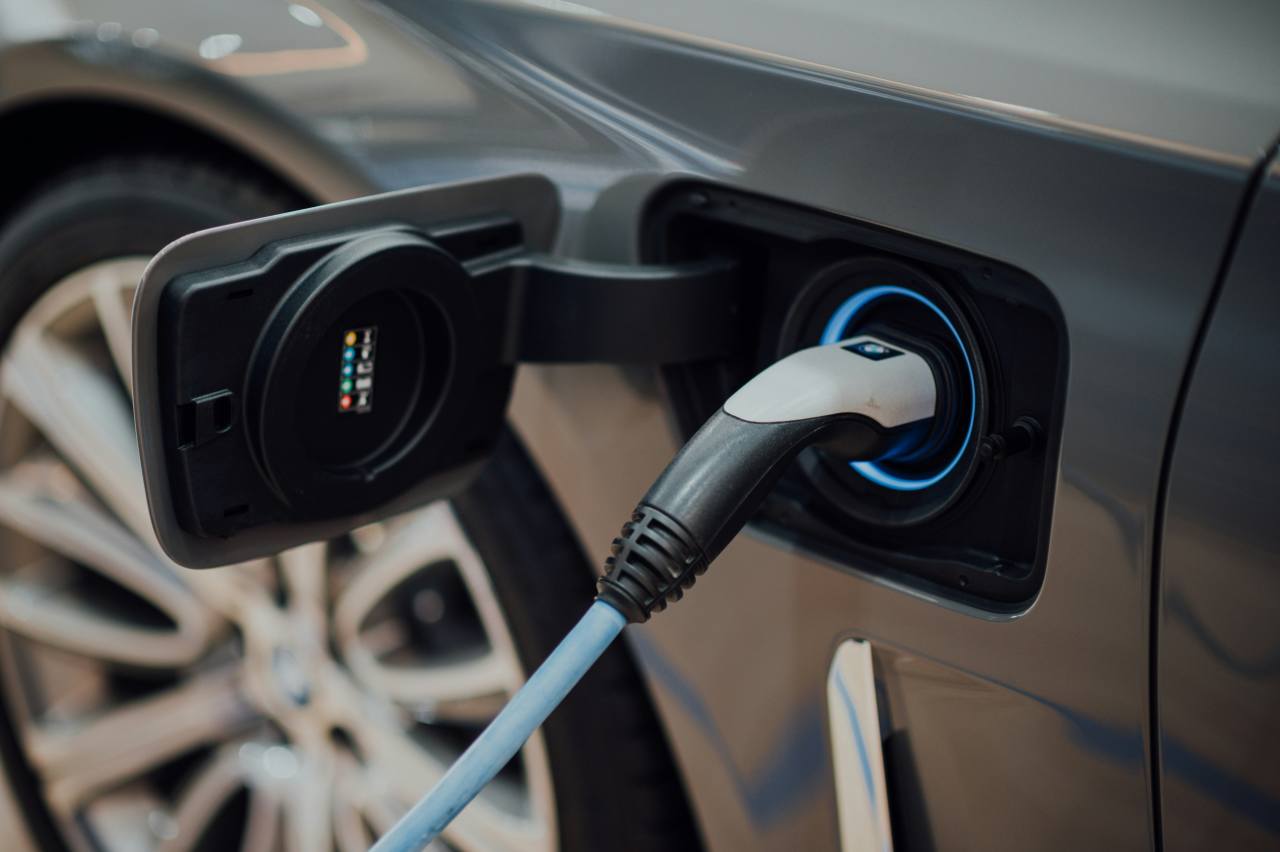As part of the Jaguar Land Rover family, Range Rover will be part of the group's push into an electrified future from 2020 - and it's already had some practice, albeit not very successfully.
The brand new PHEV 400e, though, already looks better than its previous efforts. With up to 51km of pure electric range claimed, is this the Rangie for a new age?
Land Rover Range Rover 2018: Autobiography SDV8
| Engine Type | Diesel Turbo V8, 4.4L |
|---|---|
| Fuel Type | Diesel |
| Fuel Efficiency | 8.4L/100km (combined) |
| Seating | 5 |
| Price From | $121,220 - $139,370 |
| Safety Rating |
|
Does it represent good value for the price? What features does it come with?
To start off, Range Rover Australia will only offer the PHEV drivetrain in two variants; the Range Rover Vogue PHEV 400e will cost around $210,000, while the smaller Range Rover Sport HSE PHEV 400e will start at around $146,000.
Both models will share the same drivetrain, which uses a turbocharged 2.0-litre petrol engine and an 85kW electric motor to output 297kW/640Nm in total. Both cars are all-wheel drive, and have eight-speed autos as the only transmission option.
The Range Rover is the second most expensive variant in the four-engine line-up, only $1000 cheaper than the top-spec V8. The Sport, meanwhile, is about $3800 under the top spec HSE, and $12,000 dearer than the base six-cylinder powered version.
.jpg)
The pair makes up part of Range Rover's MY18 updated line-up, and both will score a new front bumper and grille, as well as new matrix LED headlights that can dim individual diodes to prevent blinding oncoming traffic. The rear bar has been lightly tweaked, too.
Inside, the pair come with the same dual multimedia screen system that launched with the Range Rover Velar, along with other small tweaks to interior finishes.\
As you'd expect, the Rangies are pretty well equipped, given their price point, with automated lights and wipers, leather interior, up to 17 (!) USB and 12v ports, heated and vented seats, sat nav, DAB+ digital radio, a Wi-Fi hot spot, a heated steering wheel, digital TV and Bluetooth streaming.
They both come with AEB as standard, but other driver aids like blind spot monitoring and adaptive cruise control are buried within the extensive options lists.
Is there anything interesting about its design?
The Range Rover Sport is the smaller sibling of the Rangie, but both share the same DNA if not the same body panels.
Both shapes remain pretty faithful to the original Range Rover that first surfaced in the 1980s, with its distinctive floating roof, angular rear aspect and bluff nose, though features like the vertical door handles – and indeed the two-door design – of the original are long gone. Both present bluff, vaguely masculine visages, with large glasshouses accentuating their relative sizes.
Inside, both cars are spacious and airy, thanks to that big glasshouse, while the luxury quotient of both is high, thanks to highly refined surface areas and touch points.
About the only let down is the new dual multimedia screen's propensity to show both finger marks and glare, though adjusting the angle of the lower screen does reduce the latter.
How practical is the space inside?
Both PHEVs are five-seat propositions only, with additional features set aside for rear seaters including climate controls and vents, loads of connectivity points, touch LED courtesy lights and a comprehensive middle armrest that offers storage and two cupholders.
ISOFIX points are mounted to the outside seats, bottles can be slotted in the doors, and both heating and massage functions can be optioned, along with headrest mounted control tablets.
Front seaters are equally cossetted, with heating, venting and massage seats available via the options list, along with a new, deeper centre console bin, a pair of cupholders and small bottle holders in each of the doors.
.jpg)
One of the big omissions on the hybrid car is any form of spare wheel, thanks to the battery array under the boot floor. A sealant kit and compressor is included, but if the hole is big enough, it won't help.
How do we know? A double flat down the right side of a test car rendered it a lame duck, thanks to large tears in the sidewall of one tyre.
The rear storage area loses 98 litres of space to the regular cars, too, with 802 litres available behind the rear seats, thanks to the load space floor height increasing by 46mm.
What's it like to drive?
Our time aboard the PHEV involved a little on-road work and a proportion of muddy, slick, off-roading that went a long way towards showing off the Rangie's dual personality.
With its array of digital off-road modes that includes snow, grass, gravel, rut and sand, the Rangie tackled some truly testing unsealed scenarios, including a river ford at 600mm (the Sport has an 850mm wading depth, the Rangie itself a 900mm rating), along with some of the slickest mud sections this tester had ever encountered.
.jpg)
And it handled them with aplomb, too. Whether you plan to take your $200k SUV off-road or not is irrelevant – the point is that it's built to do it, all day every day if need be.
On road, the 221kW 2.0-litre turbocharged engine is strong enough to haul the 2500-odd kilogram Rangie up to the national limit without too much fuss, thanks to the 85kW electric motor chiming in as required to boost the bottom line.
Unfortunately, we're not able to verify Range Rover's claims of 51km of electric range, because our tester was presented to us with less than 25km range – and that was quickly burned away on a two km EV-only off-road section.
.jpg)
We managed to restore five per cent of charge through regenerative braking and, erm, excessive revs over our short test run back to base, but we'll have to wait until it's on home soil to get a definitive read on the range of the PHEV.
Other road manners are typically Range Rover-like, with an imperious ride over road bumps, almost eerie silence from road and wind noise and excellent road manners in all modes – including the new-to-Range Rover 'Dynamic' mode.
What are the key stats for the engine and transmission?
Parent company Jaguar has supplied its top spec Ingenium 221kW 2.0-litre four-cylinder turbocharged engine, eight-speed auto and proper 4x4 drivetrain for the PHEV, matching it with an 85kW electric motor, 13.1kW/h battery array, transformer and inverter, as well as a charging plug under the front grille.
Combined outputs equal 297kW/640Nm.
.jpg)
How much fuel does it consume?
Range Rover claims an impressive combined fuel economy total of 2.8 litres per 100km... with the caveat that the battery array must be charged to full capacity.
A 13.1kWh battery that promises an EV range of 51km from a full charge complements its 105-litre petrol tank. Given, however, that our road test loop was less than 20km and the battery wasn't fully charged, we'll wait until we drive the PHEV on home soil to confirm the figures.
.jpg)
Warranty & Safety Rating
What safety equipment is fitted? What safety rating?
While AEB and lane departure warning are standard along with a rear view camera and front and rear sensors, other driver aids like adaptive cruise control and lane keep assist must be purchased as optional extras.
Both the Range Rover and the standard Range Rover Sport hold maximum five-star ANCAP ratings.
What does it cost to own? What warranty is offered?
Range Rover recommends servicing every 12 months or 26,000km, or more regularly if you use it in the bush on a regular basis. It offers a three-year, 100,000km warranty as standard, with free roadside assistance for the duration of the warranty.
No fixed price service plan is currently offered.
Verdict
Our testing was far too brief to give a considered opinion of the PHEV's capabilities, particularly when it comes to the claimed 51km range of the car under battery power alone. We'll need to drive it locally, and with a juiced battery, to rate its abilities properly.
In terms of it having the chops to be a proper, luxurious Range Rover, it's possible to say that yes, that box has been ticked. Even with a smaller engine, the Range Rover (as tested) passed muster for ride, quiet running and comfort.




.jpg)
.jpg)
.jpg)
.jpg)
.jpg)
.jpg)
.jpg)
.jpg)
.jpg)
.jpg)

.jpg)

































.jpg)
.jpg)
-min.jpg)
.jpg)
.png)
_0.jpg)

.jpg)


.jpg)
.jpg)
Comments